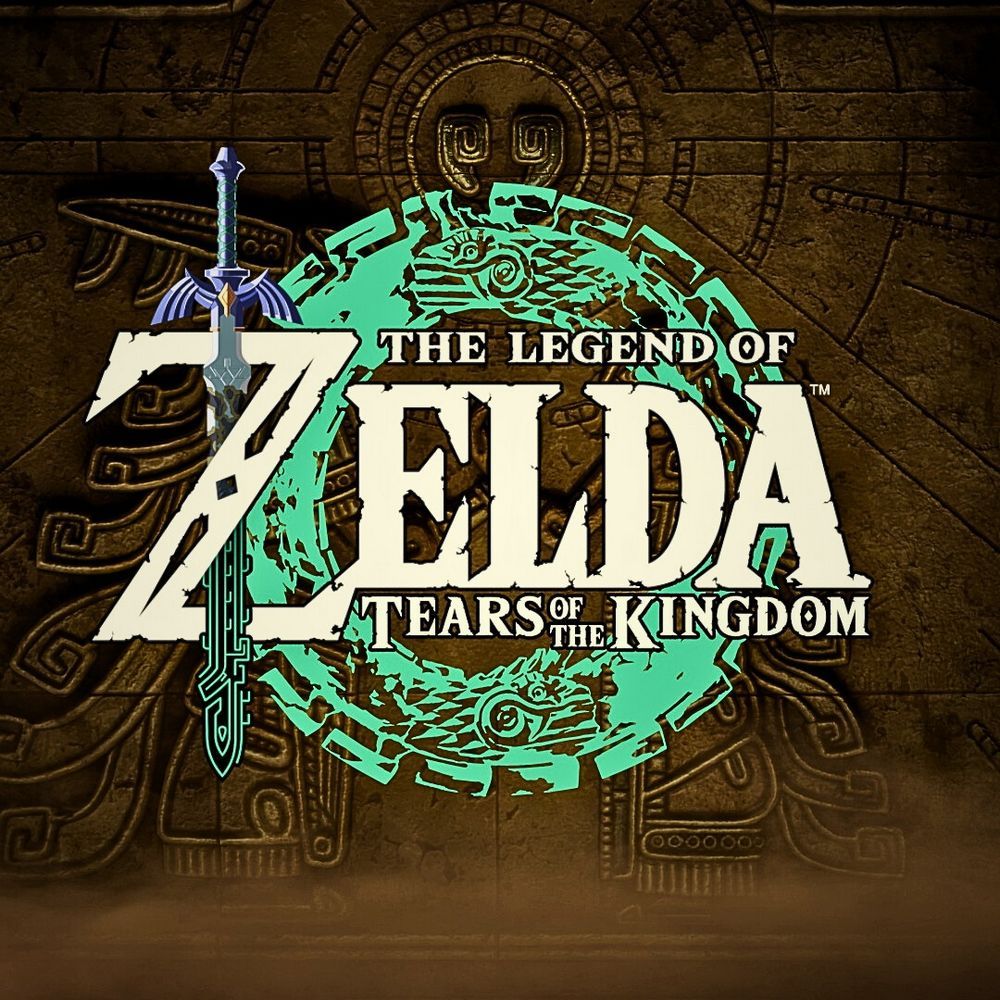
The Legend of Zelda
All trademarks belong to their respective owners. Get GameThe Legend of Zelda: An Epic Odyssey Through Time and Imagination
The Legend of Zelda is more than just a video game series; it’s a cultural phenomenon, a cornerstone of the action-adventure genre, and a testament to Nintendo’s enduring creativity. Since its debut in 1986, the franchise has consistently pushed the boundaries of interactive storytelling, world design, and gameplay mechanics, captivating generations of players with its enchanting blend of exploration, puzzle-solving, combat, and deeply emotional narratives. At its heart, Zelda is an ongoing saga of heroism, discovery, and the timeless struggle between good and evil, embodied by its iconic trio: the courageous hero Link, the wise princess Zelda, and the nefarious demon king Ganon (or Ganondorf).
The Core Pillars of a Zelda Game:
While each installment brings its own unique innovations, certain fundamental elements define the “Zelda experience”:
- Exploration: The world of Hyrule (or its various iterations) is always a character in itself. From vast open fields and mystical forests to fiery volcanoes and desolate deserts, exploration is not just encouraged but essential. Players are rewarded for venturing off the beaten path, discovering hidden secrets, side quests, and valuable resources. The sense of discovery, whether it’s a hidden cave, a new character, or a breathtaking vista, is central to the appeal.
- Puzzle-Solving: Dungeons, often referred to as “temples” or “shrines,” are the intellectual backbone of Zelda. These meticulously designed labyrinths are filled with intricate puzzles that test a player’s logic, observation skills, and creative use of items acquired throughout their journey. Puzzles often involve manipulating the environment, using specific items in clever ways, or understanding the dungeon’s unique mechanics. The “aha!” moment when a complex puzzle clicks into place is incredibly satisfying.
- Combat: While not a hack-and-slash game, combat is a vital component. Link typically wields a sword and shield, but also utilizes a wide array of ranged weapons (bow and arrows, boomerangs), bombs, and magical abilities. Combat often emphasizes strategy over brute force, requiring players to identify enemy weaknesses, utilize specific items, and master defensive maneuvers like dodging and parrying. Boss battles are grand, multi-stage encounters that often serve as a culmination of the dungeon’s themes and item usage.
- Narrative and Lore: Though often minimalistic in presentation, Zelda’s overarching narrative is rich with lore, ancient prophecies, and recurring themes. The cyclical nature of the hero’s journey, the reincarnation of Link and Zelda, and Ganon’s perpetual threat create a profound sense of continuity across different games, even when they feature distinct iterations of the characters and settings. Themes of courage, wisdom, power, destiny, and the preservation of a sacred land resonate deeply with players.
- Iconic Items and Abilities: The acquisition of new items is a hallmark of the series. Each item, from the humble Slingshot to the mighty Master Sword, often unlocks new areas, solves puzzles, or grants new combat capabilities. The excitement of finding a new Bow, Hookshot, Bombs, or a mystical Ocarina is a core loop, as these items immediately expand Link’s interaction with the world.
Evolution Through the Eras:
- 2D Era (NES, SNES, Game Boy): The foundational games like The Legend of Zelda and A Link to the Past established the top-down perspective, open-world exploration (for their time), and the dungeon-crawling formula. A Link to the Past, in particular, is often cited as a masterpiece, introducing concepts like the light and dark worlds, a rich item progression, and masterful dungeon design that influenced countless games.
- 3D Era (N64, GameCube, Wii, Wii U): Ocarina of Time revolutionized the genre by translating the Zelda formula into a breathtaking 3D world, setting benchmarks for targeting systems (Z-targeting), context-sensitive actions, and cinematic storytelling. Games like Majora’s Mask pushed experimental narratives with its time-loop mechanic, while Wind Waker embraced a vibrant cel-shaded art style and a vast ocean to explore. Twilight Princess returned to a darker, more realistic aesthetic, and Skyward Sword integrated motion controls and a focus on item upgrades.
- Open-Air / Sandbox Era (Switch): Breath of the Wild (and its successor, Tears of the Kingdom) completely reimagined the series, offering unprecedented freedom in its truly open-world (or “open-air”) design. It emphasized emergent gameplay, player-driven exploration, and physics-based interactions, allowing players to solve problems in myriad creative ways. These games shed many traditional Zelda conventions (linear dungeons, fixed item progression) in favor of a sandbox approach, yet retained the core spirit of adventure and discovery.
Impact and Legacy:
The Legend of Zelda’s influence on the gaming industry is immeasurable:
- Genre-Defining: It helped define and popularize the action-adventure genre, inspiring countless RPGs and adventure games.
- Environmental Storytelling: Zelda games often tell stories through their environments, rewarding players for keen observation.
- Non-Linear Progression (often): Even in earlier titles, there was often flexibility in the order of dungeon completion, a concept expanded upon in the open-world titles.
- Innovation: From Ocarina of Time’s 3D camera and targeting to Breath of the Wild’s physics engine, the series consistently introduces groundbreaking mechanics.
- Artistic Merit: Renowned for its iconic art styles, memorable music (Koji Kondo’s compositions are legendary), and emotionally resonant moments.
The Legend of Zelda is more than a series of games; it’s a journey into wonder, a challenge to the intellect, and a tale of timeless heroism that continues to evolve, pushing the boundaries of what video games can be while remaining true to its adventurous heart. Each new iteration reinforces its status as a masterpiece of interactive entertainment, inviting players old and new to draw the Master Sword and embark on their own unforgettable odyssey through Hyrule.